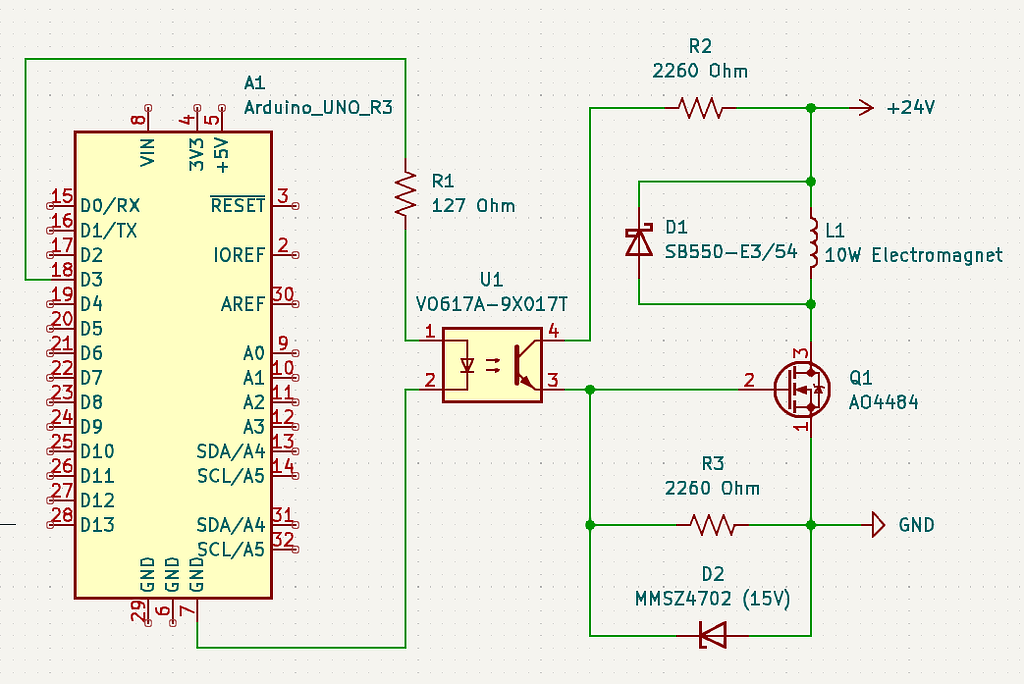MOSFET High-Efficiency PWM Design for Beginners

The Problem :
When designing a PWM (Pulse Width Modulation) circuit, choosing the right MOSFET ensures high efficiency and minimal heat loss. A common problem arises when using a MOSFET with a high gate threshold voltage. If the gate is not fully driven, it operates in the ohmic region, leading to heat buildup and wasted energy.
The Solution :
To solve this, use a logic-level MOSFET like the IRLZ44N. It turns on fully with a lower gate voltage, typically 5V from an Arduino or microcontroller, reducing heat and improving efficiency. This makes it perfect for PWM applications such as motor speed control or LED dimming.
Practical Example :
Consider a 12V DC motor controlled using a PWM signal from an Arduino. If you use a standard MOSFET with a 10V gate threshold, the motor may not get sufficient power, causing inefficiency. Switching to a logic-level MOSFET ensures full saturation and efficient energy use.
Sample Calculation :
For a 5V PWM signal and a MOSFET with a gate capacitance of 1500pF, a 220-ohm resistor limits the inrush current while ensuring fast switching.
Recommended Products :
MOSFET IRLZ44N – Ideal for PWM circuits
Gate Resistors – Protects your microcontroller
Support our work and India’s innovation—buy from our Make in India site!




















